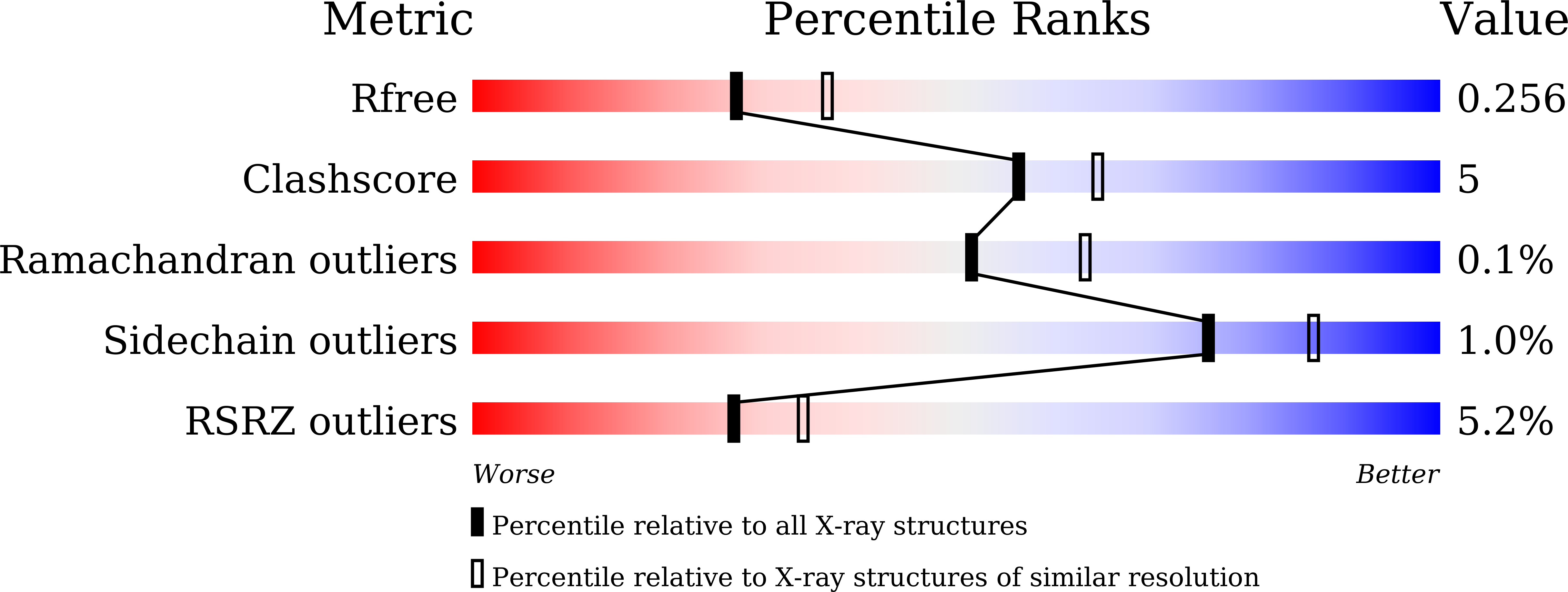
Deposition Date
2022-08-15
Release Date
2023-08-23
Last Version Date
2023-09-20
Entry Detail
PDB ID:
7YTO
Keywords:
Title:
The Crystal Structure Analysis of Creatine Amidinohydrolase from Alcaligenes sp. KS-85
Biological Source:
Source Organism:
Alcaligenes sp. (Taxon ID: 512)
Host Organism:
Method Details:
Experimental Method:
Resolution:
2.31 Å
R-Value Free:
0.25
R-Value Work:
0.21
R-Value Observed:
0.21
Space Group:
C 1 2 1


